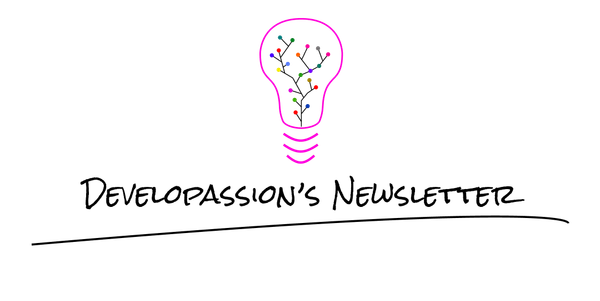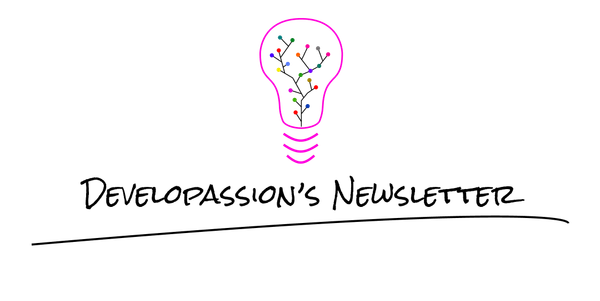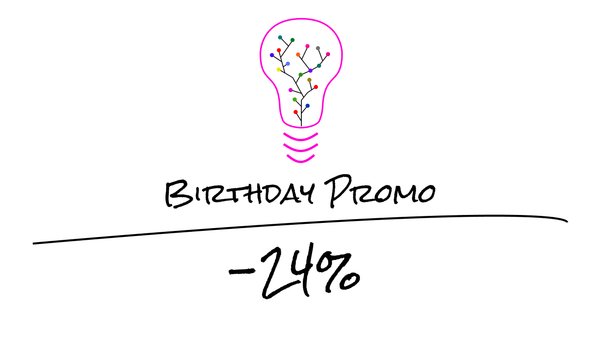The Feynman Technique
Improve the way you Learn with the Feynman Technique, a simple approach to learn more effectively.

Learning is a process. It takes time. And without a good approach, we often don't identify the gaps in our knowledge. In this article, I introduce the famous Feynman technique in its purest and simplest form. It's a learning method and mental model for learning, developed and used by Dr. Richard Feynman.
Introduction
Richard Feynman was an American theoretical physicist and Nobel-prize winner. Among other things, he worked on quantum mechanics, quantum electrodynamics, participated in the development of the atomic bomb during World War II and investigated the Space Shuttle Challenger disaster. He is also famous for his lectures on physics.

His lectures were popular because he explained everything from first principles, using the simplest (yet correct) possible explanations. He was an amazing teacher, and was actually nicknamed "The great explainer".
In the book Feynman's Lost Lecture: The Motion of Planets Around the Sun, David L. Goodstein tells the following story:
Feynman was a truly great teacher. He prided himself on being able to devise ways to explain even the most profound ideas to beginning students. Once, I said to him: Dick, explain to me, so that I can understand it, why spin one-half particles obey Fermi-Dirac statistics. Sizing up his audience perfectly, Feynman said: I will prepare a freshman lecture on it. But he came back a few days later to say: I couldn't do it. I couldn't reduce it to the freshman level. That means we don't really understand it.
Over the course of his career, he developed his own mental models, techniques, and tools for learning. The Feynman technique, in particular, is based on the methods that Feynman used while studying at Princeton. James Gleick, who's behind the biography of Richard Feynman, wrote the following:
He opened a fresh notebook. On the title page he wrote: NOTEBOOK OF THINGS I DON’T KNOW ABOUT. For the first but not last time he reorganized his knowledge. He worked for weeks at disassembling each branch of physics, oiling the parts, and putting them back together, looking all the while for the raw edges and inconsistencies. He tried to find the essential kernels of each subject.
Overview of the Feynman Technique
This technique, just like Dr Feynman's explanations, is very approachable. It is composed of four steps:
- Study
- Teach
- Identify gaps
- Simplify
Step 1: Study
Once you know what you want to learn or study, whether it is a topic you're already familiar with or not, the first step consists in writing down everything you know about the subject, no matter how insignificant or obvious each piece of information might seem.
The first principle is that you must not fool yourself. And you are the easiest person to fool — Richard Feynman
Doing this helps reveal the gaps in your understanding and in your knowledge. Our knowledge always has limits, and writing everything down will make those limits concrete, visible, tangible, more obvious.
Break things down as much as possible, and organize that knowledge in logical manner. Make links between ideas and concepts. For instance, using the Zettelkasten method.

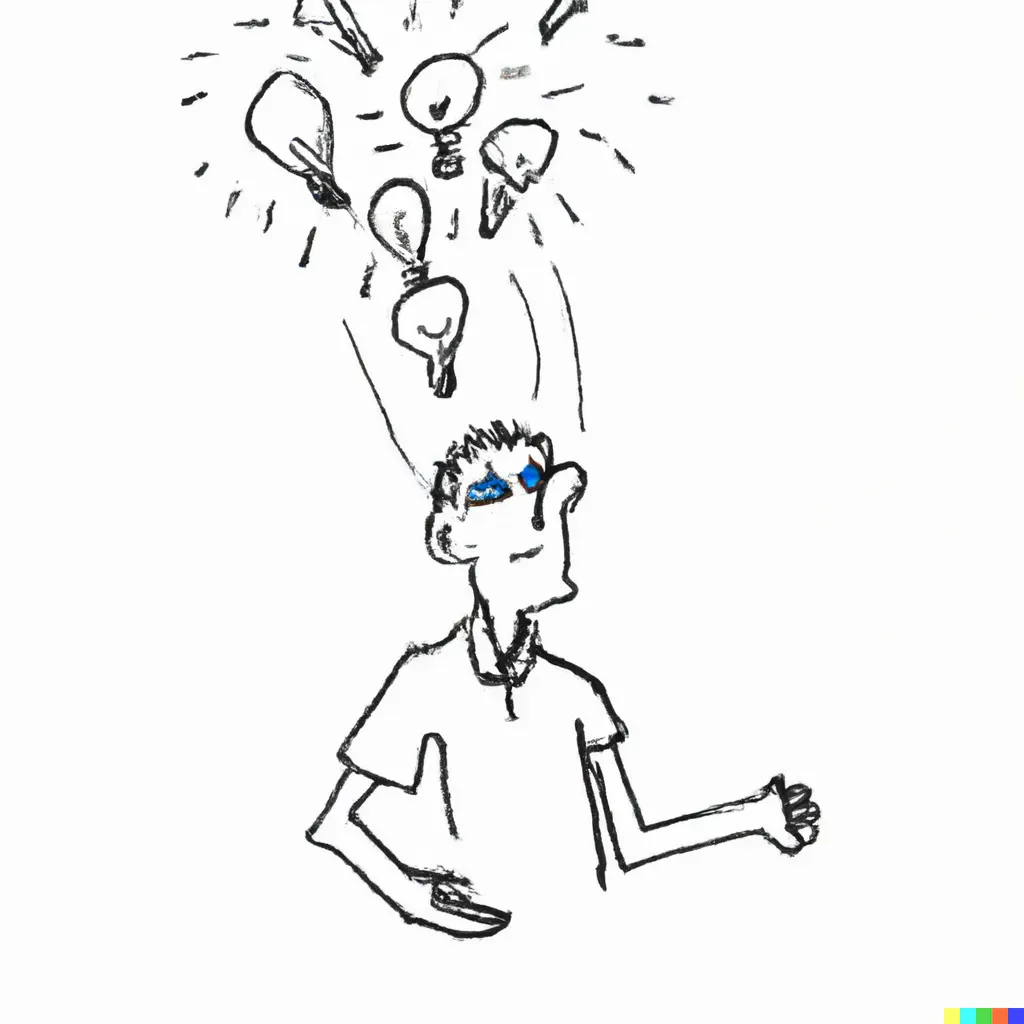
Step 2: Teach
The goal of this step is to discover, observe and understand the gaps in your knowledge.
Based on the notes taken in step 1, assemble an explanation about the topic. That explanation should be written as if you wanted to teach a 5-year-old child. Then, share that explanation with one or more persons. Try to be as clear as you can while sharing your ideas. Don't worry about what you don't know. Take questions, admit the limitations in your knowledge, and promise to get back with more answers if needed. Each question that you aren't able to answer is one more opportunity for you to learn and go further.
We are at the very beginning of time for the human race. It is not unreasonable that we grapple with problems. But there are tens of thousands of years in the future. Our responsibility is to do what we can, learn what we can, improve the solutions, and pass them on. — Richard Feynman
This step will be challenging. It will take you out of your comfort zone. It will uncover your imperfections, your flaws, and the things that are still unclear or unknown to you. But this is a really valuable exercise. It's always a win-win experience. The persons you teach get to learn something new, and you get to discover how you can improve your knowledge.
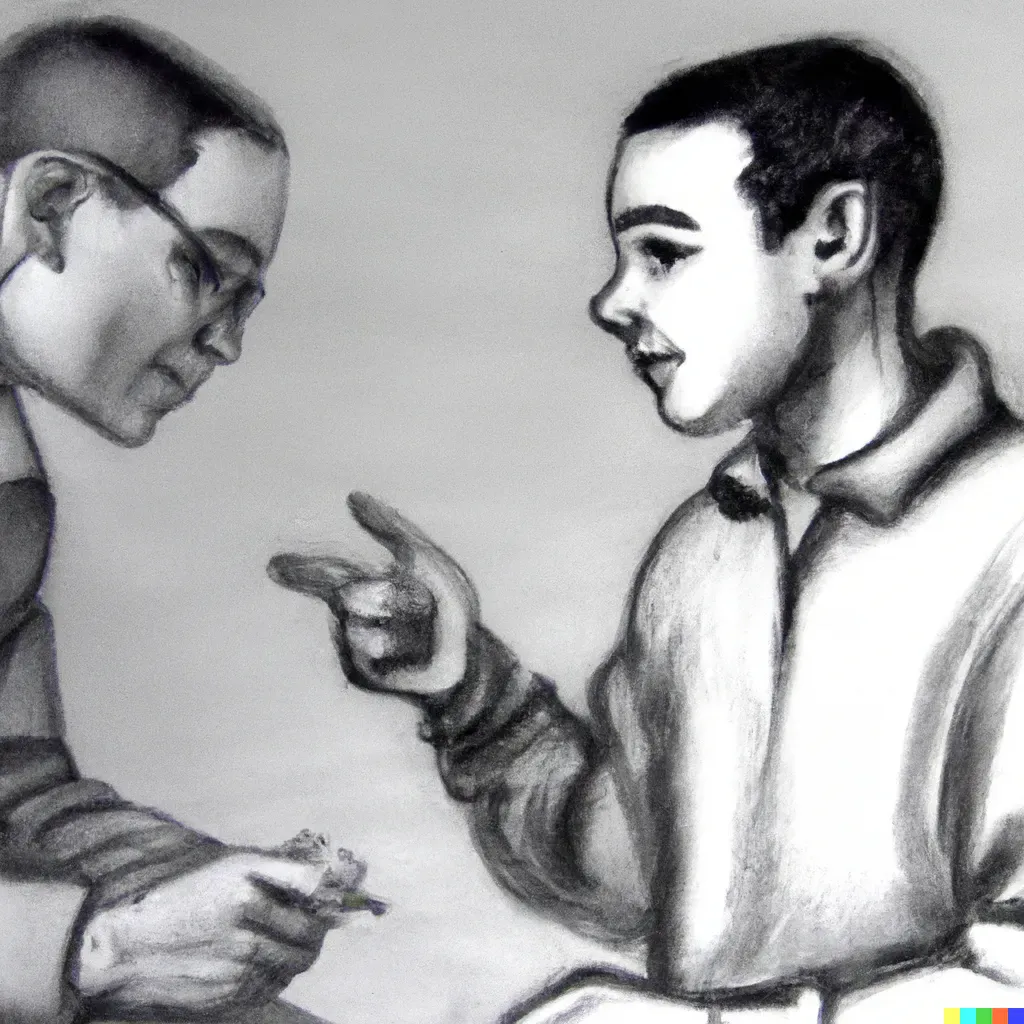
Step 3: Identify knowledge gaps
Once you have gone through the first two steps, your knowledge gaps should be dead obvious.
Make a list of those gaps. Be clear about what you need to research and why. Prioritize those in order to maximize the impact for your knowledge. The larger the gap and the more important the idea, and the more valuable it is for you to fill that gap.

Step 4: Simplify
Research and study to expand your knowledge and fill the gaps. Then go through your notes all over again. Review what you already know. Make improvements where you can and look at the information critically.
For each piece of knowledge, ask yourself the following questions:
- Is everything still relevant? If not, correct, adapt, expand or remove
- Are important elements missing? If so, add those
- Is there a way to simplify this explanation? If so, rephrase, use analogies, remove needless complexity, etc
- Would a 5-year-old kid understand any of this? If not, then simplify further
Your goal at this point is to try to simplify everything as much as you can. Simplifying means going deep down the rabbit hole to go to the root of each concept, principle, and idea. Simplifying will force you to clearly identify and explain from first principles. Observe each and every component and subcomponent of the system and how they all relate to/interact with each other.
This will solidify your understanding and make it easier to explain to others. Once simplified to the extreme, you should be able to explain most concepts easily.
Iterate your way to perfection
This approach is iterative. You have to go through the different steps as many times as needed to fill the gaps in your knowledge and understanding. Don't stop after merely one iteration. There will always be gaps in your understanding. Topics evolve, markets change, new discoveries are made, and you will always have more to discover, learn, understand and simplify further.
Conclusion
Whenever you learn something new, you need to understand the core concepts and create solid mental models. Then, step by step, you can make your way to more advanced concepts, building upon solid foundations. Richard Feynman was a great explainer precisely because he understood that new knowledge has to be introduced gradually, from first principles.
As an added benefit, using this technique also implies sharing knowledge with others, which is a wonderful way to propel humanity forward.
Now go learn something new, and teach it to others. Pay it forward!
That's it for today! ✨
References
- Richard Feynman @ Wikipedia: https://en.wikipedia.org/wiki/Richard_Feynman
- Feynman Lectures: https://www.feynmanlectures.caltech.edu/
- Book: Feynman's Lost Lecture: The motion of Planets Around the Sun: https://amzn.to/3OW06VX
- Book: Genius: The Life and Science of Richard Feynman: https://amzn.to/3SsBHdF
- Richard Feynman, The Great Explainer: https://www.youtube.com/watch?v=JIJw3OLB9sI
- Learning from the Feynman Technique: https://medium.com/taking-note/learning-from-the-feynman-technique-5373014ad230
- The Feynman technique: https://golden.com/wiki/Feynman_Technique
- The Feynman technique: https://www.youtube.com/watch?v=tkm0TNFzIeg
- How To Study: Using the Method of 'The Great Explainer': https://aliabdaal.com/feynman-technique/
- How to learn anything faster with the Feynman technique: https://www.linkedin.com/pulse/20141024121647-107244930-how-to-learn-anything-faster-with-the-feynman-technique/
- How to Learn Faster with the Feynman Technique (Example Included): https://www.youtube.com/watch?v=_f-qkGJBPts
About Sébastien
I'm Sébastien Dubois, and I'm on a mission to help knowledge workers escape information overload. After 20+ years in IT and seeing too many brilliant minds drowning in digital chaos, I've decided to help people build systems that actually work. Through the Knowii Community, my courses, products & services and my Website, I share practical and battle-tested systems. You can follow me on X 🐦 and on BlueSky 🦋.
I am an author, founder, and coach. I write books and articles about Knowledge Work, Personal Knowledge Management, Note-taking, Lifelong Learning, Personal Organization, and Zen Productivity. I also craft lovely digital products.
If you want to follow my work, then become a member and join our community.
Ready to get to the next level?
If you're tired of information overwhelm and ready to build a reliable knowledge system:
- 🎯 Join Knowii and get access to my complete knowledge transformation system
- 📚 Take the Course and Master Knowledge Management
- 🚀 Start with a Rock-solid System: the Obsidian Starter Kit
- 🦉 Get Personal Coaching: Work with me 1-on-1
- 🛒 Check out my other products and services. These will give you a rock-solid starting point for your note-taking and Knowledge Management efforts



